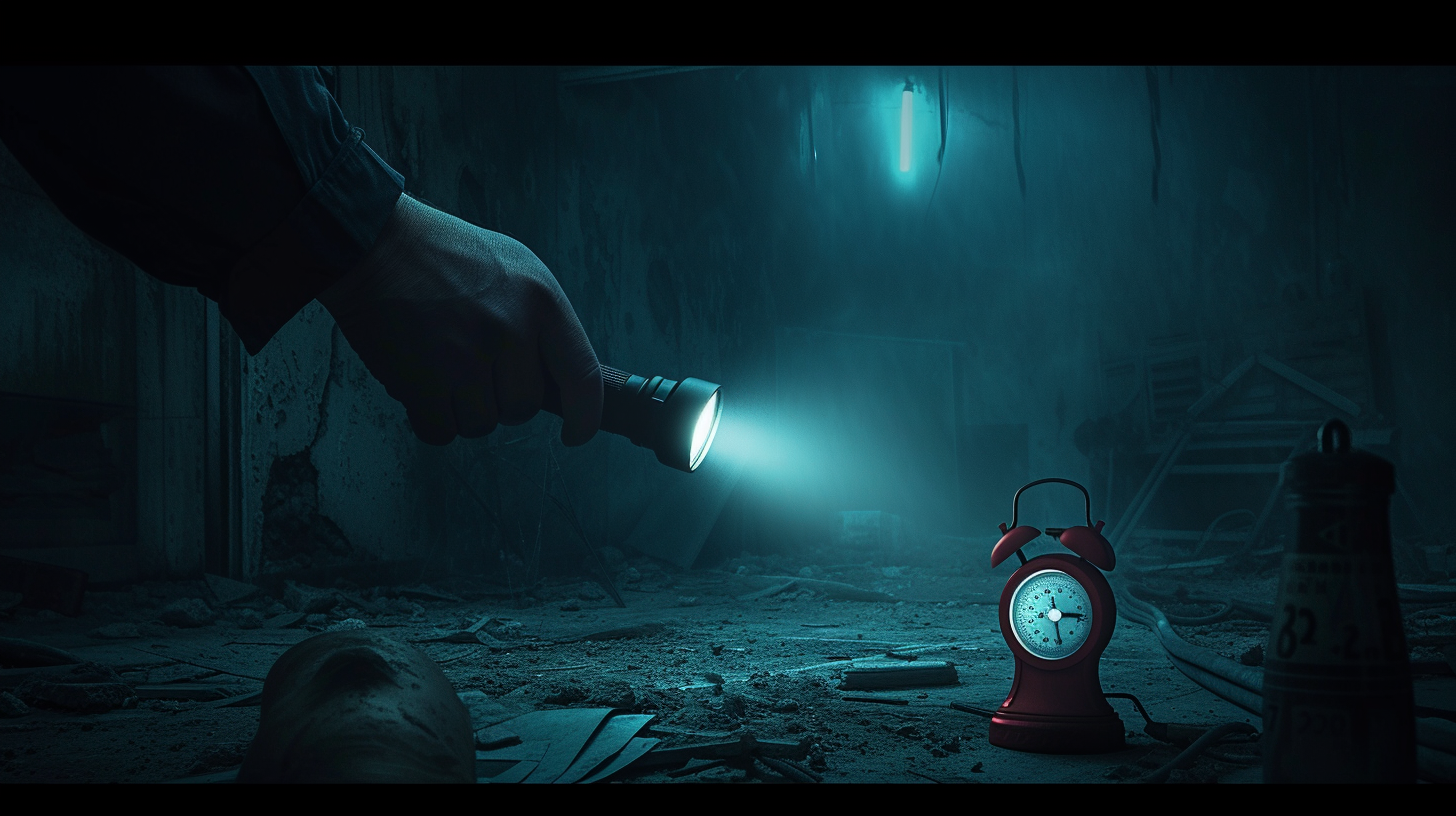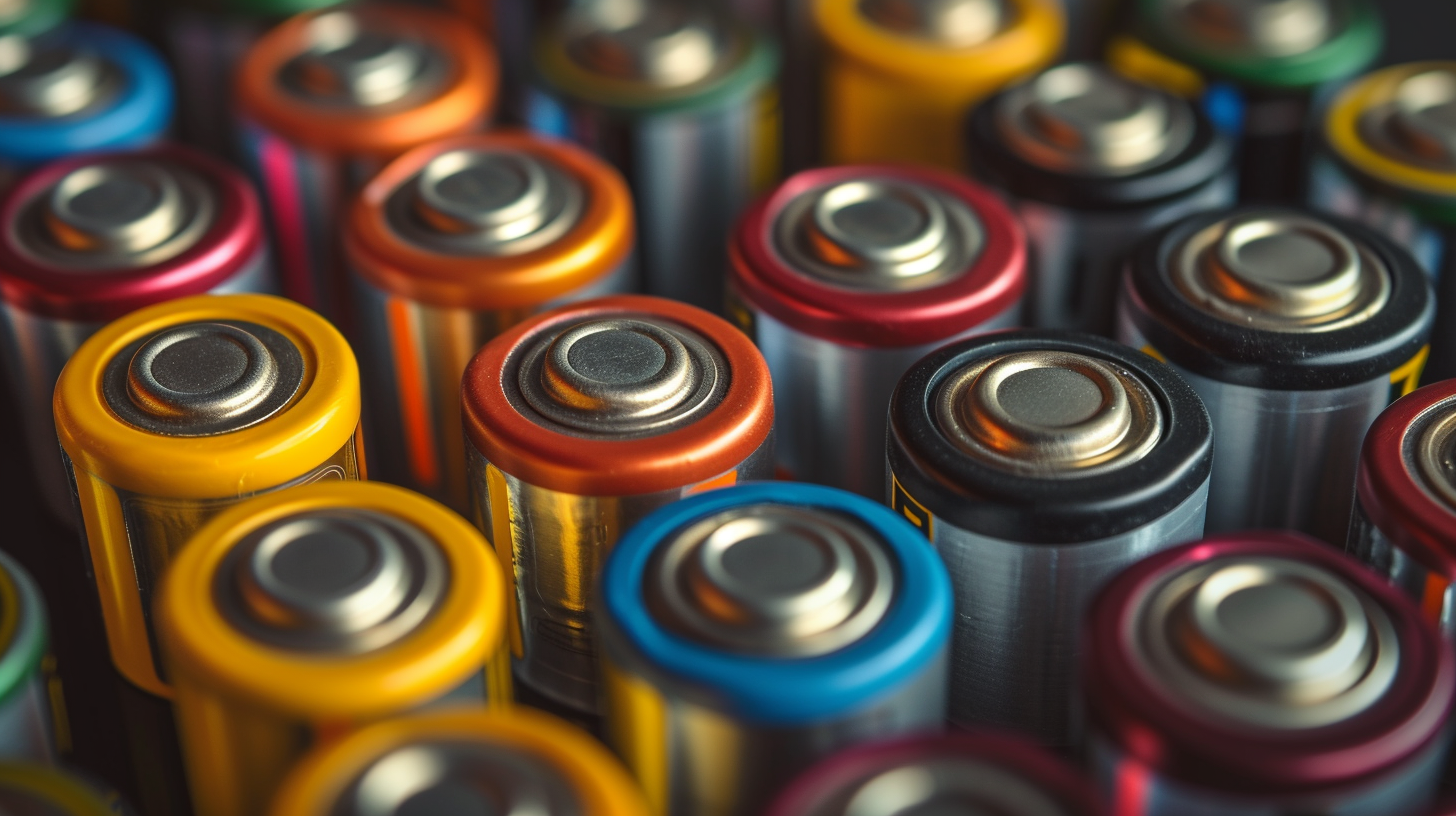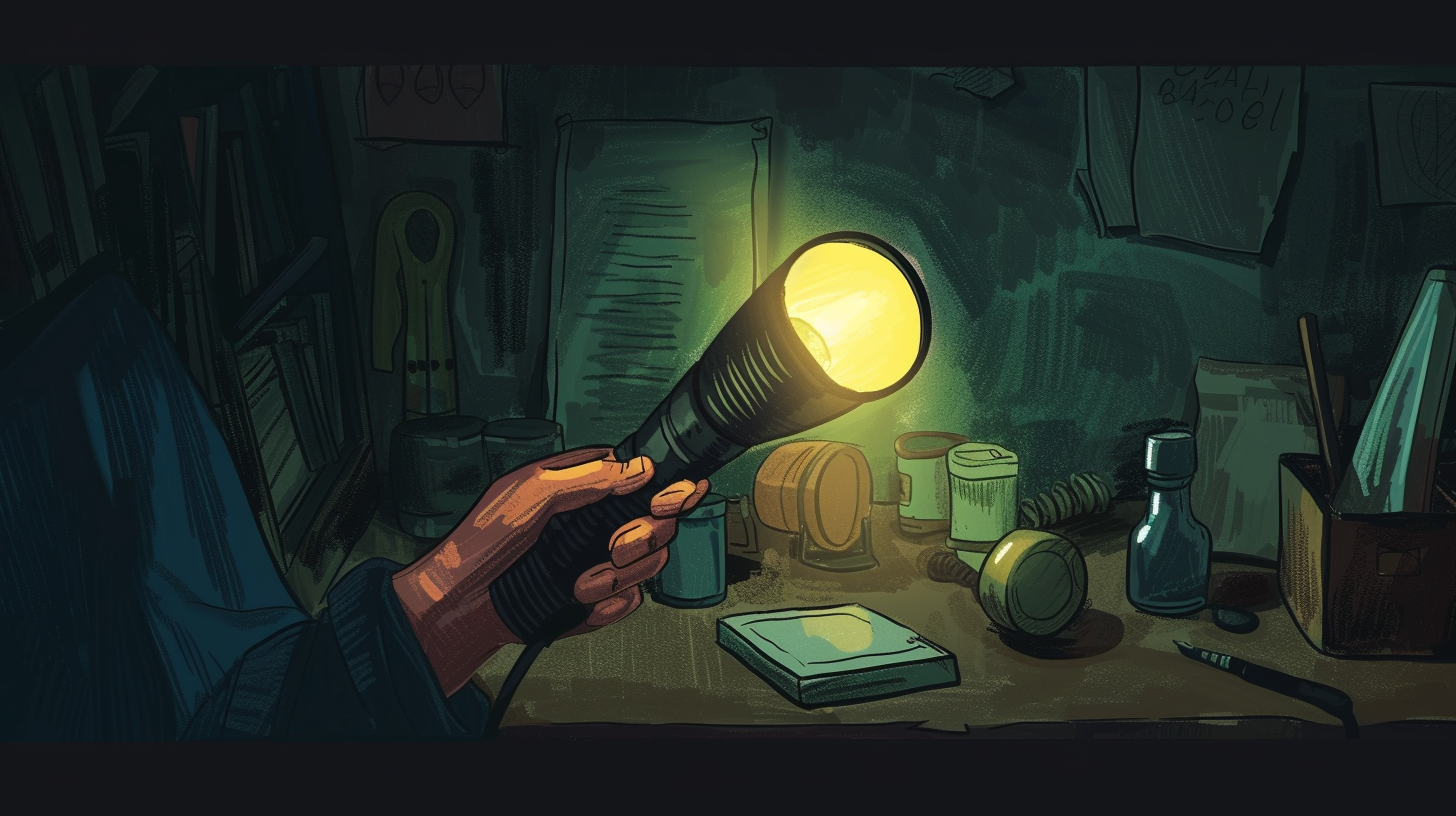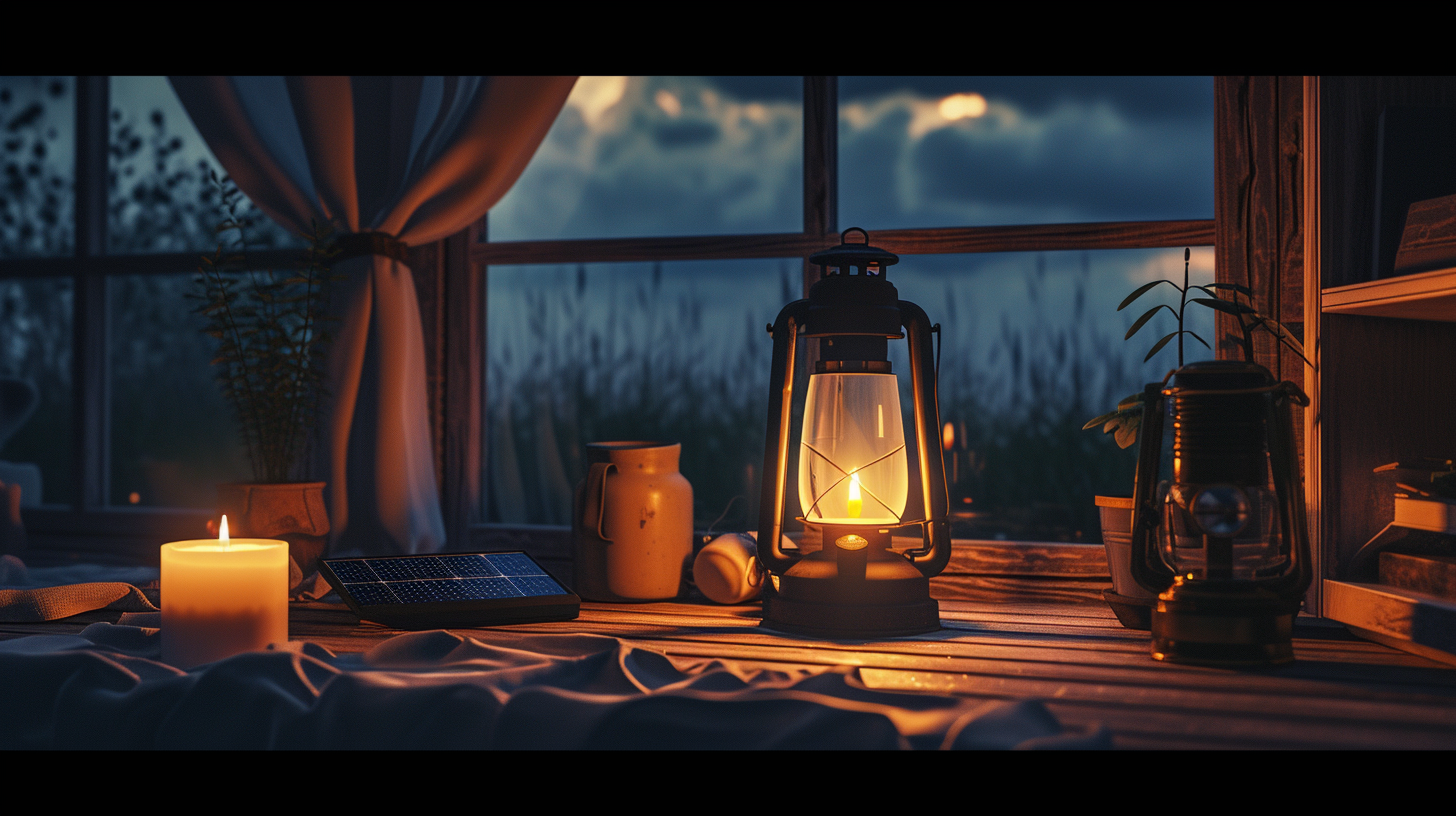Have you ever found yourself fumbling in the dark during a prolonged blackout, wishing your flashlight’s battery lasted just a bit longer? You’re not alone.
Conserving battery life in flashlights is crucial, especially when you’re facing an extended period without power. Whether it’s selecting efficient batteries, utilizing low power modes, or adopting energy-saving usage habits, there’s a range of strategies you can employ to ensure your light shines bright when you need it most.
And while regular maintenance might seem like an obvious step, there are a few less-known tips that could significantly extend your flashlight’s battery life. Stick around, and you’ll discover not just how to make those batteries last, but also how to optimize your flashlight’s performance for any situation that comes your way.
Key Takeaways
- Choose high-quality, long-lasting batteries like lithium or lithium-ion with extended shelf life.
- Utilize power conservation features such as low power or dimming modes to prolong battery life.
- Regularly maintain the flashlight by checking batteries, cleaning contacts, and testing functionality.
- Adopt energy-saving usage habits like fully charging or using fresh batteries before blackouts and turning off unnecessary lights.
Selecting Efficient Batteries
Choosing the right batteries is crucial for extending the life of your flashlight during a blackout. You’ll want to select high-quality, long-lasting batteries that have a reputation for reliability, especially in emergency situations. Lithium or lithium-ion batteries are your best bet as they’re known for their extended shelf life and consistent performance, ensuring your flashlight maintains its brightness levels for a long time.
Common battery types include:
| Battery Type | Rechargeable | Voltage | Common Sizes | Key Features |
|---|---|---|---|---|
| Alkaline | No | 1.5V | AA, AAA, C, D | Widely available, affordable, good for low-drain use |
| Lithium | No | 1.5V | AA, AAA, CR123A | Longer life, better performance in cold weather |
| NiMH (Nickel-Metal Hydride) | Yes | 1.2V | AA, AAA | Rechargeable, more environmentally friendly |
| Lithium-Ion | Yes | 3.7V | 18650, 14500, 16340 | High capacity, rechargeable, used in high-power flashlights |
| NiCd (Nickel-Cadmium) | Yes | 1.2V | AA, AAA | Rechargeable, older technology, less used now |
| Lead Acid | Yes | 2V-12V | Varies | Used in larger, heavy-duty flashlights |
| Zinc-Carbon | No | 1.5V | AA, AAA, C, D | Cheaper, lower capacity, good for infrequent use |
| Lithium Polymer (LiPo) | Yes | Varies | Custom sizes | Lightweight, rechargeable, used in compact flashlights |
| Silver Oxide | No | 1.55V | Button cells | Small size, used in miniature flashlights |
| Zinc-Air | No | 1.4V | Button cells | Used in small, low-power devices |
Consider investing in a rechargeable battery with a solar charging option. This not only provides a sustainable power source during prolonged outages but also means you won’t be left in the dark scrambling for extra batteries. Opt for batteries with a high energy density to maximize the runtime of your flashlight. This minimizes the need for frequent replacements, keeping your emergency kit well-stocked and ready.
Lastly, ensure the batteries you choose are compatible with a wide range of devices. This versatility and flexibility can be a lifesaver in emergency scenarios, allowing you to use the right flashlight with long runtime and suitable brightness levels for any situation.
Utilizing Low Power Modes
After selecting the right batteries, it’s essential to explore how utilizing low power modes can further prolong your flashlight’s battery life during blackouts. When a power outage occurs, having a reliable source of light is crucial to navigate your space safely. By activating the low power or dimming feature on your flashlight, you’re not only preparing for power outages efficiently but also ensuring that your backup power sources last longer.
Adjusting the brightness to the lowest level necessary for adequate illumination helps conserve energy, making your flashlight a more dependable emergency power option. In times when you’re without power for extended periods, using a flashlight with a ‘strobe’ or ‘moonlight’ mode can be a game-changer. These settings emit intermittent bursts of light or provide minimal illumination, respectively, significantly reducing power consumption.
Regular Maintenance Tips
To ensure your flashlight remains a reliable source of light during blackouts, regularly inspect and clean its components. This isn’t just about having a light source; it’s about being prepared for a power outage, ensuring you’re ready for extended periods without electricity. Regular maintenance not only extends the life of your flashlight but also ensures it’s ready when you need it most.
| Maintenance Task | Benefit |
|---|---|
| Regularly check batteries | Prevents leakage and ensures optimal power. |
| Clean contacts and surfaces | Ensures efficient electrical connection. |
| Inspect for physical damage | Identifies issues before they worsen. |
| Test light functionality | Guarantees reliability during emergencies. |
Energy-Saving Usage Habits
Adopting energy-saving usage habits can significantly extend your flashlight’s battery life during blackouts. In the event of a power loss, especially due to severe weather, it’s essential to be prepared. Emergency Preparedness isn’t just about having a flashlight; it’s about knowing how to use it efficiently when outages occur.
First, ensure your flashlight is fully charged or has fresh batteries before prolonged blackouts strike. This pre-emptive step guarantees you’re not caught off-guard.
Utilize flashlights with adjustable brightness settings to conserve battery power. You don’t always need the brightest setting, so adjust it according to your needs to minimize power consumption. Turn off unnecessary lights and strategically use your flashlight to navigate through the dark. This practice helps in extending battery life.
Opt for energy-efficient LED flashlights, which are known for their minimal power usage and long-lasting performance. Also, avoid leaving flashlights switched on when they’re not in use. Even the smallest efforts in conserving energy can make a difference.
Lastly, during daylight hours, make the most of natural light to reduce the need for artificial lighting. Open curtains to allow air circulation and light to enter, which can help in preserving your flashlight’s battery for when it’s absolutely necessary.
Alternative Lighting Solutions
While focusing on energy-saving habits is crucial, exploring alternative lighting solutions can further enhance your preparedness for blackouts. Everyone knows that when the power goes out, especially during the winter months, the right equipment can make all the difference.
Instead of solely relying on traditional flashlights, consider integrating flameless LED candles into your emergency kit. They’re safer, reducing the risk of fire from open flames—a common concern when utility companies can’t promptly address outages.
Moreover, in crisis situations, ensuring the safety of your loved ones means being mindful of hidden dangers like carbon monoxide poisoning from improper use of certain light sources. Flameless candles eliminate this worry, allowing you to focus on other important matters, like checking on medical devices or gathering first aid supplies.
Another innovative solution involves the creative use of aluminum foil to reflect light, amplifying the brightness of your existing sources without additional power consumption. This simple yet effective trick can illuminate larger areas, making it easier to navigate your home safely during extended blackouts.
Here is a useful list of alternative lighting sources:
In conclusion, during prolonged blackouts, it’s essential to extend your flashlight’s battery life. Opt for efficient batteries and use low power modes whenever possible. Regularly maintain your flashlight to ensure it’s working optimally.
Adopt energy-saving habits, like utilizing natural light during the day. Lastly, consider alternative lighting solutions such as solar-powered devices. By following these strategies, you’ll ensure your flashlight lasts longer, keeping you prepared and safe during power outages.




